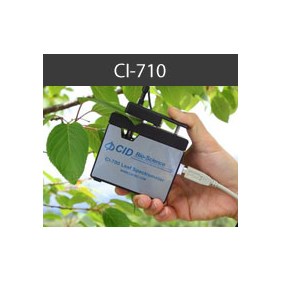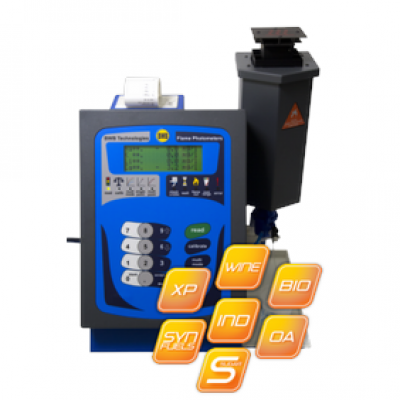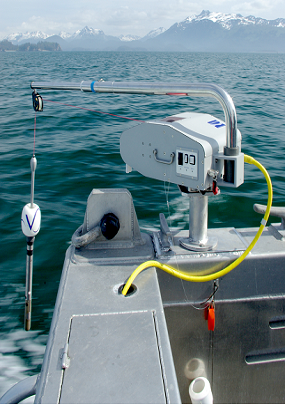Part of the power of the CI-710 Miniature Leaf Spectrometer is its ability to scan and record across a wide spectrum, from 400-950 nm. Many researchers wish to analyze multiple, discrete peaks or integrate across wavelength bands. These functions are readily accomplished with the SpectraSnap! software that ships with the CI-710.
Other users of the CI-710 have expressed a need to rapidly estimate vegetation properties using published and accepted indices. These indices include: estimates of greenness like the widely-used Normalized Difference Vegetation Index (NDVI); plant stress, such as the Plant Senescence Reflectance Index (PRSI); pigment concentrations, including carotenoids and anthocyanins; and leaf water status estimated by the Water Band Index (WBI).
Now, with SpectraSnap!, these indices and others can be easily and simultaneously measured. SpectraSnap! gives the CI-710 user the power of many single-measurement instruments in one package. Researchers can also add their favorite algorithms to the library.
Why SpectraSnap!
Since its introduction, CID's compact and light-weight CI-710 hardware has simplified the process of collecting spectral signatures from plant tissue. Now SpectraSnap! simplifies data analysis by offering several real time computations in an intuitive and easy-to-operate system.
Save Time
Insert the sample into the CI-710 hardware and the selected calculations are instantly displayed along with raw and averaged spectroscopic data. Press Stop to pause the live stream or Save to record the on-screen measurement. It's that easy.
Ready to use out of the box. Flexible when you need it.
Choose the calculations to display from a convenient selection of popular vegetation indices (NDVI, PRI, CRI, ARI, etc) and/or define your own calculations to target specific areas of interest.
- One-touch spectrometry in the field
- Non-destructive measurement
- Fast and sensitive
Features
- Wide range spectrum (400-950nm)
- High resolution and real time high speed scanning
- Very high sensitivity; ideal for fluorescence and other low light level applications
- USB interface
- Flexible fiber optic cables with connections to a variety of probes for different applications
- Integrating time = 3.8 ms - 10 seconds
- Lightweight and fully portable
Specifications
| Physical |
| Dimension : |
89.1 mm x 63.3 mm x 34.4 mm |
| Weight: |
290 grams |
| Detector Specifications |
| Detector: |
Toshiba TCD1304AP Linear CCD array |
| Detector range: |
400-950 nm |
| Pixels: |
3648 pixels |
| Pixel size: |
8 μm x 200 μm |
| Pixel well depth: |
100,000 electrons |
| Signal-to-noise ratio: |
300:1 (at full signal) |
| A/D resolution: |
16 bit |
| Dark noise: |
50 RMS counts |
| Corrected linearity: |
>99.8% |
| Sensitivity: |
130 photons/count at 400 nm; 60 photons/count at 600 nm |
| Spectroscopic |
| Wavelength range: |
Grating dependent |
| Optical resolution: |
~0.3-10.0 nm FWHM (grating dependent) |
| Integration time: |
3.8 ms - 10 seconds |
| Dynamic range: |
2 x 108 (system), 1300:1 for a single acquisition |
| Stray light: |
<0.05% at 600 nm; 0.10% at 435 nm |
| Electronics |
| Power Supply: |
USB Powered via PC |
| Power consumption: |
250 mA @ 5 VDC |
| Data transfer speed: |
Full spectrum to memory every 4 ms with USB 2.0 port |
| Inputs/Outputs: |
Yes, 8 onboard digital user-programmable GPIOs |
| Analog channels: |
No |
| Auto nulling: |
Yes |
| Breakout box compatible: |
No |
| Trigger modes: |
4 modes |
| Strobe functions: |
Yes |
| Connector: |
22-pin connector |
| Computer |
| Operating systems: |
Windows 7 with USB port |
| Computer interfaces: |
USB 2.0 @ 480 Mbps (USB1.1 compatible)
|













